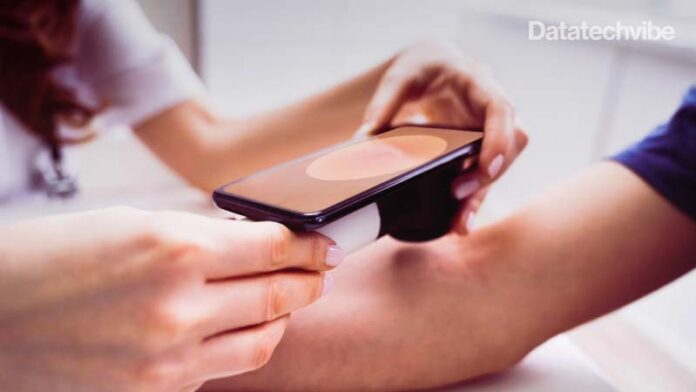Google has introduced a new AI tool that will help people detect the skin problems they might have. The tech giant has tried to enhance the capabilities of artificial intelligence (AI) to act as a doctor to people. With the help of its new AI tool, Google aims to help people figure out the possible dermatologic problems they could have.
The new tech was introduced at the Google I/O event.
Here’s how the new AI tool works.
Google’s new AI-powered dermatology assist tool will help you find answers to skin problems you aren’t able to detect. Using the tool, which web-based application will be simple. Once launched, you have to take three images of their skin, hair or nail with the use of your phone’s camera. Also Read – Google Phone gets caller ID announcement feature, similar to iOS.
Also Read: Google I/O 2021: Top 3 Announcements
Following this, the AI will draw information from its knowledge of 288 skin conditions and enlist the possible ones after some analysis.
Google will also provide information and FAQs on each condition it has listed, along with images that match the ones provided by you.
The results should not be confused with a full diagnosis that doctors provide. It’s just a way to tell you about a possible skin condition that you are unable to detect. If you are satisfied with the result, you can further go on to consult a doctor for proper treatment.
It is further suggested that the new AI tool keeps in mind factors like age, sex, race and skin types for an accurate assessment.
Another AI tool for TB screening
In addition to this, Google has introduced another AI tool to help detect tuberculosis (TB), which infects 10 million people per year.
The new tool uses chest X-Rays to accurately detect TB and help people save 80 per cent of the costs before starting a treatment or going for a proper test. It is suggested that the AI tool “produces a number between 0 and 1 that indicates the risk of TB.”
Furthermore, Google has used de-identified data from nine counties to train the model and help it work better on people from different races.









